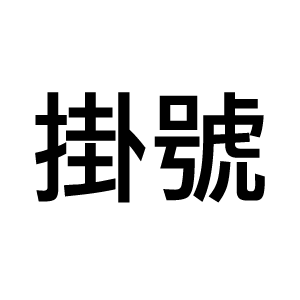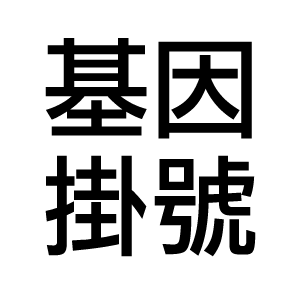Retinal Damage After Repeated Low-level Red-Light Laser Exposure
重複低能量紅光雷射暴露後的視網膜損傷
| Created | |
|---|---|
| Tags | CGMHOPHPediatricRetina |
| Journal | JAMA Ophthalmology |
| Status | 審查完成 |
| 校稿者 | 蕭靜熹 醫師 |
JAMA Ophthalmology July 2023 Volume 141, Number 7
中文摘要
本文摘要報告了一個案例,該案例是一名12歲的女孩,在連續5個月使用低劑量紅光激光器(repeated low-level red-light laser exposure [蘇州園佳光電技術])治療雙側中度近視後,出現了雙視力喪失2週。在患者出現之前1個月,患者在接觸光線後抱怨有異常明亮的光和持久的殘影現象。最佳矯正視力從20/20下降到20/30 OU。未見發炎現象。眼底照片顯示僅雙眼黯淡的黃斑和自動螢光成像中的低自動螢光色素斑darkened foveae with a hypoautofluorescent plaque.。光學相干斷層掃描識別到雙眼黃斑橢圓形區和相互交錯區的破裂oveal ellipsoid zone disruption and interdigitation zone discontinuity。磁共振成像未顯示視神經或中樞神經系統病變。感染和炎症檢查結果均為陰性。多焦點電視節目顯示雙眼視盤顏色和自動螢光成像,右眼視盤顏色和自動螢光成像,Multifocal electroretinogram showed moderately and mildly decreased response in the central macula and paramacula.三個月後,雙眼黃斑受傷部分恢復,右眼和左眼的視力恢復到20/25 OU。討論:該患者在RLRL治療後出現黃斑結構損傷和功能喪失。儘管橢圓形區域被破壞,但在外部視網膜層未注意到高反射物質積聚,這與多發性透明白點綜合癥有所不同。黃斑光感受器外分泌的損失與急性區域神秘外隱形綜合癥有所區別,後者通常是黃斑寬恢復。太陽和雷射指示燈黃斑損傷也表現為外部視網膜層的破裂。雖然患者否認了這兩個風險因素,但不能排除它們。此外,RLRL激光曝曬可能是造成視網膜損傷的另一個可能原因。
English Abstract
The content discusses a case report of a 12-year-old girl who experienced bilateral vision loss after 5 months of repeated low-level red-light laser exposure for myopia treatment. The patient complained of bright light and prolonged afterimages after exposure to light. Fundus photographs showed darkened foveae with a hypoautofluorescent plaque. Optical coherence tomography (OCT) revealed foveal ellipsoid zone disruption and interdigitation zone discontinuity. Magnetic resonance imaging did not show any CNS lesions, and no inflammation was noted. Multifocal electroretinogram showed moderately and mildly decreased response in the central macula and paramacula. Three months later, partial foveal recovery and improvement in visual acuity were observed. The report suggests that the retinal damage may be associated with the instability of the laser’s light power, prolonged exposure, or the patient’s sensitivity to light toxicity. The case highlights the need for rigorous clinical trials and strict monitoring in the use of laser therapy for myopia.



